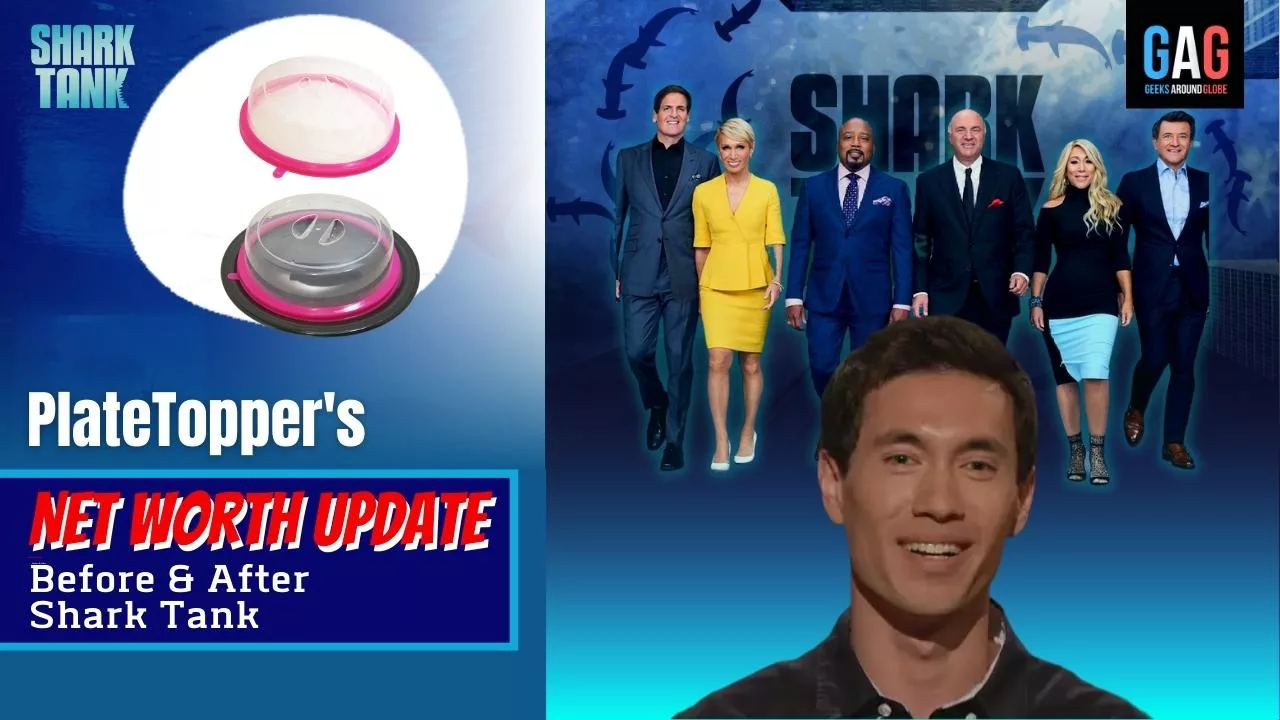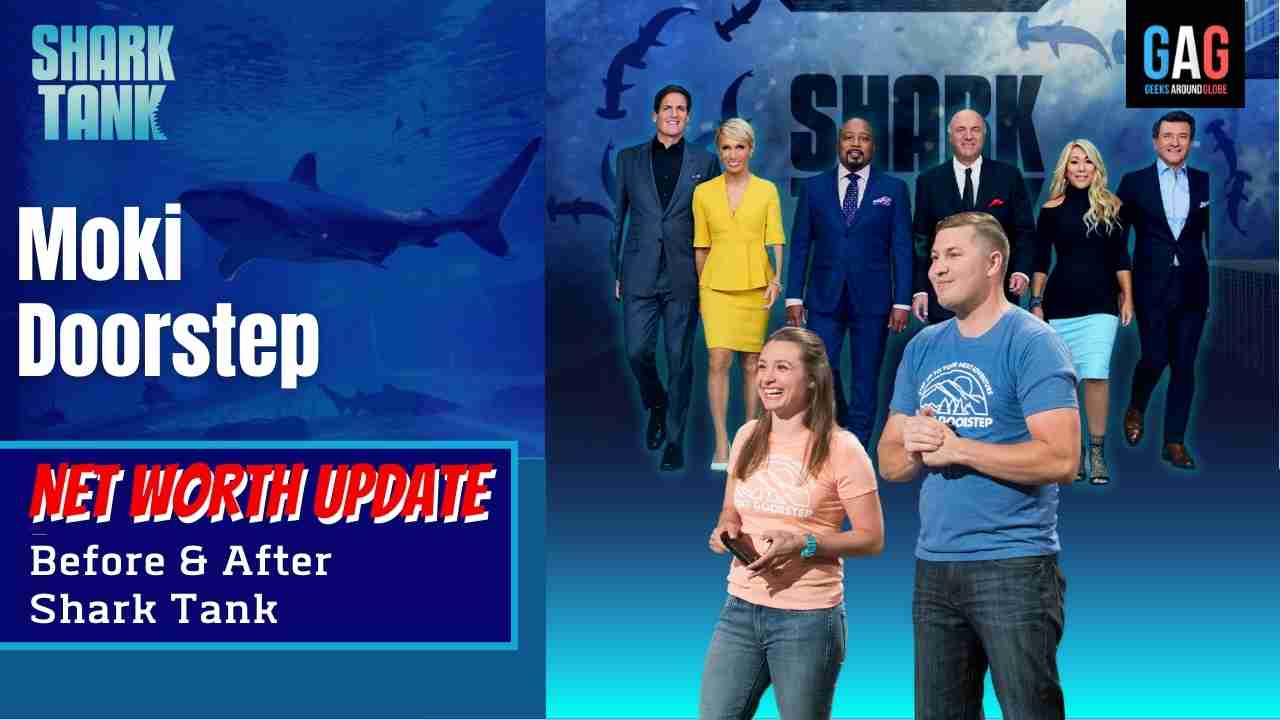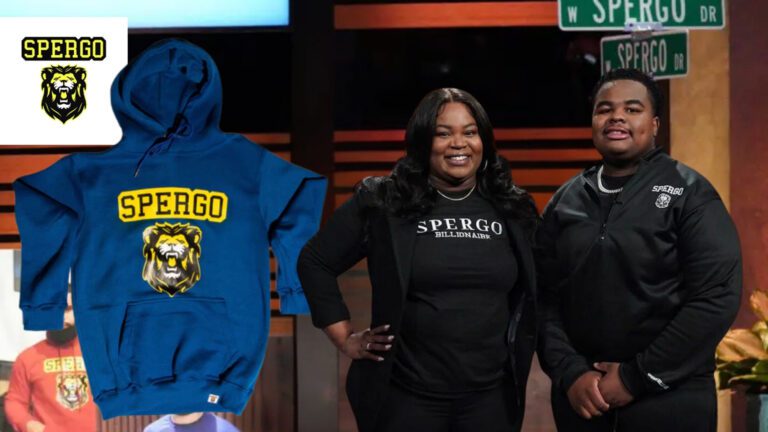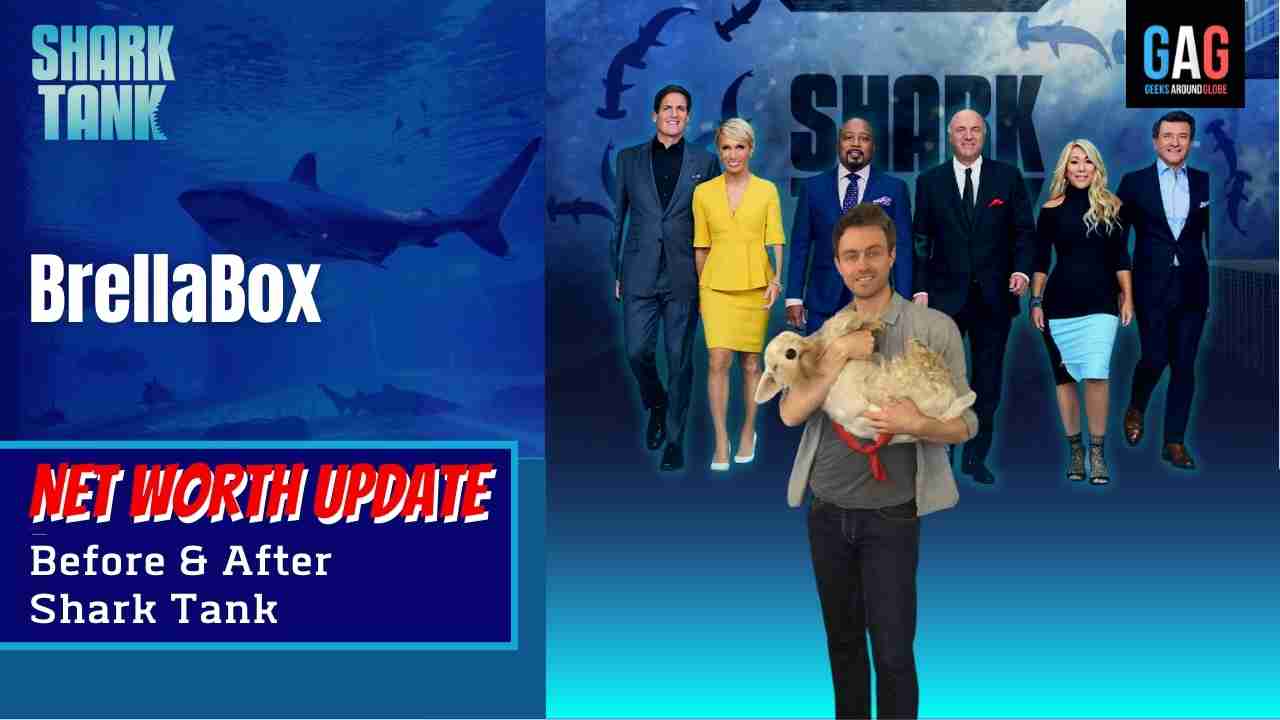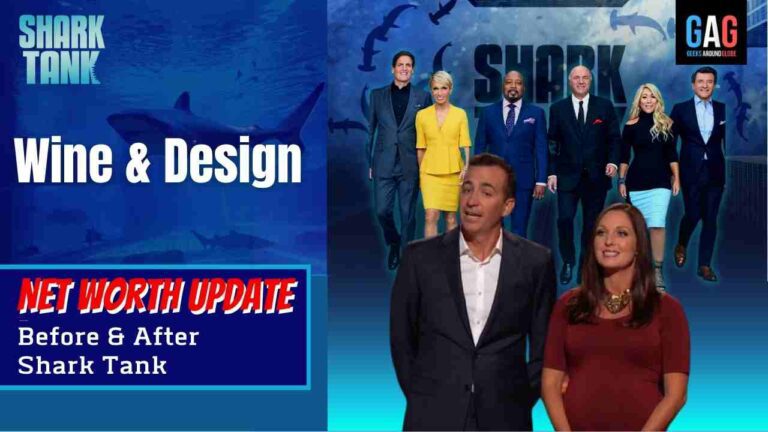PlateTopper, an Airtight plate covering, was started by Michael Tseng in 2008. PlateTopper net worth was $1.8 Million in 2012 based on the Shark Tank deal.
On November 2, 2012, they appeared on Season 4 of Shark Tank USA and made a deal with Lori Greiner, $90,000 for 8% equity.
PlateTopper went out of business. Their products are no longer available in the market.
See also: Similar items on Amazon.
PlateTopper’s Net Worth
| Net worth | $1.8 Million (Business Valuation) |
| Lifetime sales | $1.5 million |
| Investor | Lori Greiner |
| Founder | Michael Tseng |
PlateTopper’s Net Worth Timeline
| Net Worth 2023 | Out Of Business |
| Net worth valuation in 2012 after appearing on Shark Tank | $1.125 Million |
| Net worth valuation in 2012 before appearing on Shark Tank | $1.8 Million |
PlateTopper’s Pitch on Shark Tank
| Company name | PlateTopper’s |
| Product | Airtight plate covering |
| Episode | Season 04 Episode 08 |
| Founder | Michael Tseng |
| Asked for | $90,000 for 5% equity |
| Final deal | $90,000 for 8% equity |
| Shark | Lori Greiner |
| Location | 615 Hampton Drive, Suite A101, Venice, FL, United States |
Don’t miss these products from Season 4
- Vermont Butcher Block and Board Company Net Worth 2023
- Lifter Hamper Net Worth 2023
- Tie Try Net Worth 2023
PlateTopper’s Founder
PlateTopper was founded by Michael Tseng in 2008. He is very passionate about his business. He worked hard to grow his business. PlateTopper’s founder, Michael Tseng net worth is unknown as of 2023.
Key accomplishments
| Year | Accomplishment |
| 2015 | winner in Walmart’s Get On The Shelf contest |
| 2012 | Appeared on Shark Tank |
Conclusion
Some companies that appear on the show have not achieved great success, and the PlateTopper’s was one of them. Sometimes businesses don’t succeed for many reasons. Sometimes, the deal falls through after the founders say yes on camera. Or, as you’ll see, sometimes things happen to the founders themselves, and they choose to abandon the business. Anything is possible. However, PlateTopper went out of business in 2015. And the product is no longer available in the market.

